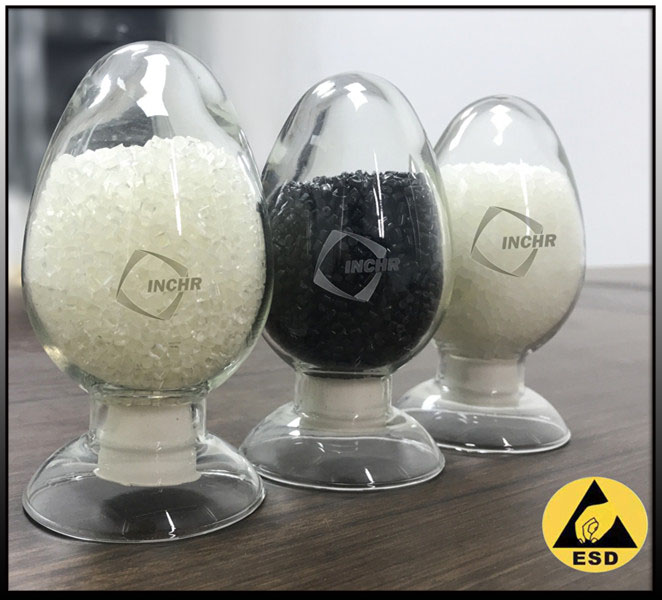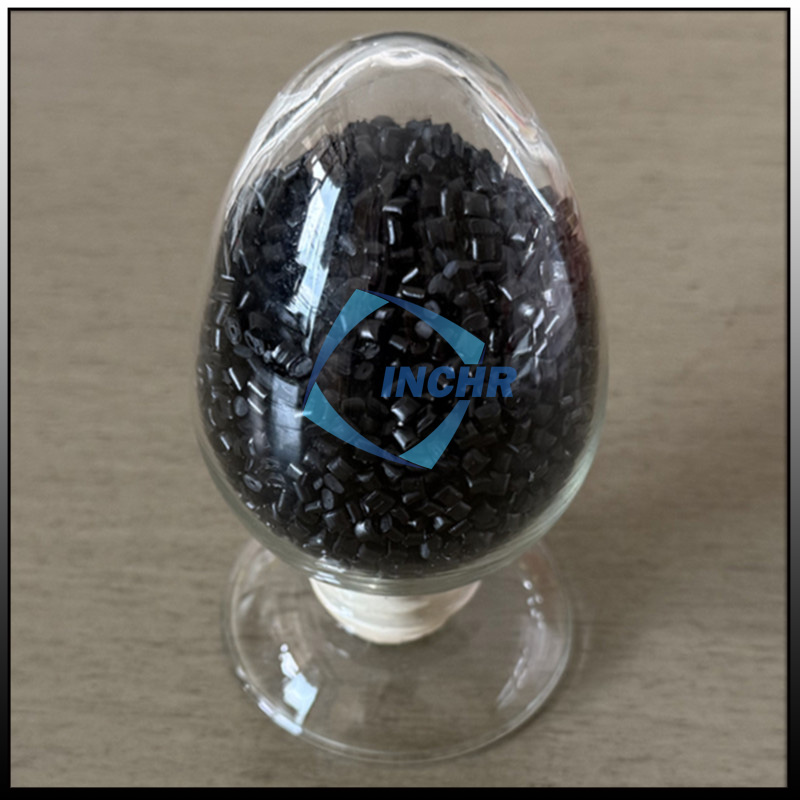ESD Plastics: Static Control Solutions – Protecting Your Sensitive Electronics
Static electricity – that tiny zap when you touch a doorknob – is a monumental threat in electronics manufacturing, handling, and sensitive environments. It can instantly destroy microchips, degrade components, disrupt processes, and cause costly failures. This is where ESD Plastics step in as the essential Static Control Solutions.

Understanding the Invisible Threat: ESD
Electrostatic Discharge (ESD) occurs when built-up static electricity suddenly flows between two objects at different electrical potentials. Invisible and often unfelt at levels damaging to electronics, ESD can:
Cause Catastrophic Failures: Immediately destroy semiconductor components.
Induce Latent Defects: Weaken components, causing premature failure later.
Attract Contaminants: Static charges attract dust and particles, harming cleanrooms or sensitive optics.
Disrupt Processes: Interfere with delicate machinery or automated handling systems.
Why Standard Plastics Fail
Common plastics like polyethylene (PE), polypropylene (PP), or standard PVC are excellent insulators. They trap static charges on their surface, preventing any controlled dissipation. Touching an insulating plastic object near a sensitive component can easily generate and release a damaging ESD event.
ESD Plastics: The Engineered Solution
ESD Plastics are specially formulated materials designed to control static electricity safely. They achieve this through various mechanisms:
Conductive Plastics: These have a very low electrical resistance (typically < 10^4 ohms/sq). They allow charges to flow rapidly to ground, preventing any significant charge build-up. Often achieved by loading the plastic with high levels of conductive carbon black or metal fibers.
Use Case: Groundable work surfaces, containers for highly sensitive components, flooring requiring rapid discharge.
Static Dissipative (SD) Plastics: These have a higher, controlled resistance (typically 10^4 to 10^11 ohms/sq). They allow charges to flow slowly and safely to ground, preventing sudden discharges (sparks) while still eliminating static build-up. Achieved with lower levels of conductive fillers or special dissipative additives.
Use Case: Workstation surfaces, handling trays (tote boxes, bins), shelves, fixtures, tools, chairs, packaging – where controlled discharge is critical to prevent damage and minimize charge generation.
Anti-Static Plastics: Primarily focus on preventing the initial generation of static charges through friction (triboelectric charging). They usually have a surface resistance on the higher end of dissipative or lower insulating range but rely on surface treatments or additives that attract moisture to form a weakly conductive layer. Their effectiveness can be temporary and humidity-dependent.
Use Case: Packaging films for less sensitive items, temporary covers where preventing dust attraction is the main goal. Note: Anti-static is often insufficient alone for robust ESD protection in critical electronics zones.
Key Properties of Effective ESD Plastics
Controlled Surface Resistance: The core property defining conductive, dissipative, or anti-static behavior.
Volume Resistance: Ensures conductivity throughout the material, not just on the surface.
Charge Decay Rate: Measures how quickly a material dissipates a static charge.
Triboelectric Charging Generation: How easily the material generates static when rubbed against itself or other materials (lower is better).
Mechanical Properties: Strength, durability, impact resistance suitable for the application (e.g., trays need toughness).
Chemical Resistance: Ability to withstand cleaning agents and process chemicals.
Cleanliness/Low Outgassing: Critical in cleanrooms and semiconductor fabs.
Essential Applications: Where ESD Plastics Are the Solution
Ensure that antistatic plastics are operated in a safe process step:
Electronics Manufacturing (PCBA): Workstation mats, solder fume extraction arms, component storage bins, handling trays, tool handles, conveyor components.
Semiconductor Fabrication: Wafer carriers (FOUPs, FOSBs), cleanroom furniture, equipment panels, chemical handling components.
Medical Device Assembly: Protecting sensitive diagnostic and implantable electronics during production and handling.
Aerospace & Defense: Manufacturing and maintaining avionics, guidance systems, and communication equipment.
Automotive Electronics: Handling ECUs, sensors, infotainment systems.
Packaging: Totes, bins, trays, tubes, boxes, clamshells used for transporting sensitive components.
Flooring: ESD tiles and sheet flooring provide a continuous path to ground for personnel and mobile equipment.
Furniture: Chairs, carts, shelving units made from ESD materials prevent charge accumulation.
Implementing an Effective Static Control Program
ESD Plastics are vital tools, but they must be part of a complete ESD control program based on standards like ANSI/ESD S20.20 or IEC 61340-5-1. This includes:
Proper Grounding: All ESD work surfaces, personnel (via wrist straps or footwear/flooring), and equipment must be connected to a common ground point.
Employee training: All employees in the operation must know the steps to handle ESD..
Environmental Controls: Managing humidity (low humidity increases static risks).
Regular Auditing & Testing: Verifying the continued effectiveness of ESD plastics (resistance, grounding) and other control elements.
Choosing the Right ESD Plastic Solution
Selecting the appropriate ESD plastic requires careful consideration:
Required Level of Protection: How sensitive are the components? (Human Body Model Voltage rating).
Application: Is it a surface, container, tool, or part requiring structural integrity?
Environmental Factors: Chemical exposure, temperature range, humidity levels, cleanroom requirements.
Grounding Method: Can the part be easily grounded?
Regulatory Compliance: Meeting specific industry standards (e.g., FDA for medical).
Conclusion
Invisible static electricity poses a constant, expensive threat to modern electronics and sensitive processes. Standard insulating plastics are part of the problem. ESD Plastics, engineered as Conductive or Static Dissipative materials, provide the essential Static Control Solutions. By safely controlling the flow or preventing the build-up of static charges, they protect valuable components, ensure product reliability, reduce costly failures, and maintain process integrity. Integrating the right ESD plastics into a comprehensive control program grounded in established standards is not just a technical choice; it’s a fundamental requirement for quality and reliability in countless high-tech industries. Invest in ESD solutions to safeguard your sensitive electronics.




